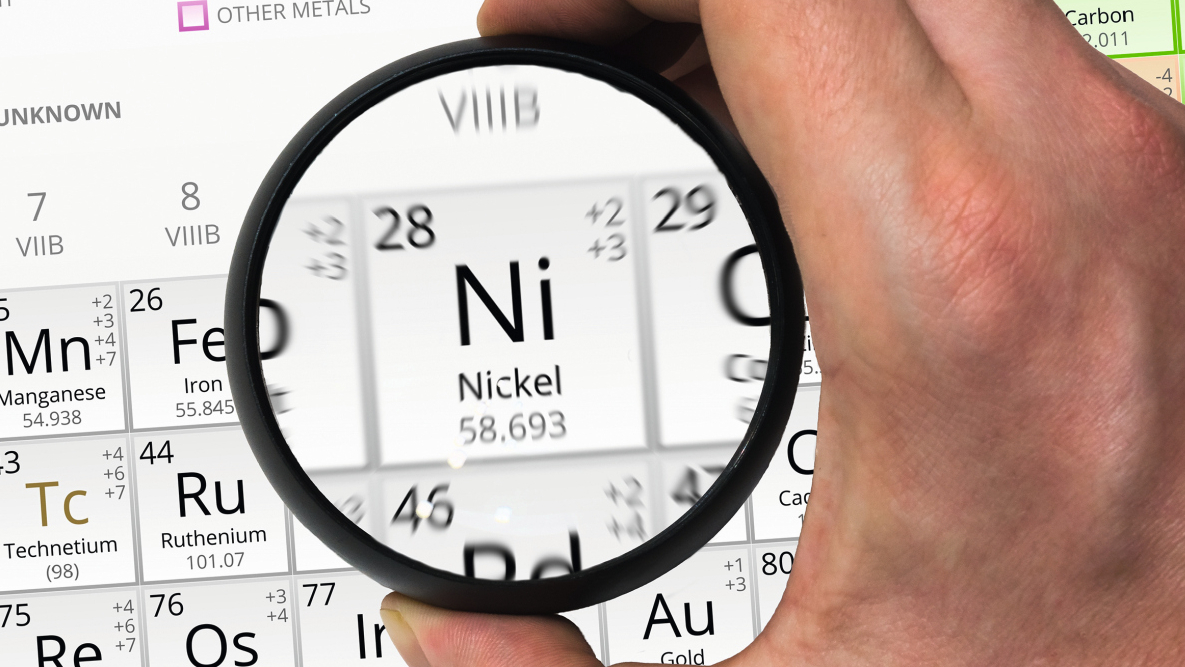Question: About a year ago, we expanded our range to include electroless nickel plating. The layers deposited there contain 10-12 % phosphorus. The pH value is 4.7, the nickel content is 7 g/L and the working temperature is 92 °C. Until a few weeks ago, everything worked perfectly. Everything worked perfectly until a few weeks ago. Now we are faced with the problem that the electrolyte is becoming unstable, which initially manifests itself in a much higher deposition. A new batch brought an improvement for a week, then the problems started all over again. In our small laboratory, we were unable to detect any significant deviations in the bath parameters. Can you tell us the possible causes of the problem so that we can get the process under control again?
Answer: Under normal conditions, up to 6-8 MTO should be achievable and we assume that these are not yet through after a week of production. Even if this were the case, the deposition rate should decrease and not increase. The instability can have several causes, whereby we differentiate between realistic and less realistic causes based on the descriptions. However, we would like to discuss the latter, as "less realistic" is not unrealistic.
Less realistic causes
The nickel content of almost all chemical nickel plating baths is between 4 and 8 g/L. As a rule, the dependence of the deposition rate on the concentration of nickel ions in the electrolyte is relatively low. The influence of nickel and phosphate content on the deposition rate has already been well investigated [1]. Based on the analyses, we assume that the nickel content is not the problem for you.
Problems can arise if the stabilizer content is too low. This can be caused by an incorrect addition to the bath. With constant and well-defined deposition conditions, the deposition rate can therefore be used as a measure of the stabilizer concentration. Bath impurities are also a factor, but to our knowledge these lead to a lower deposition rate, not vice versa. This is the case, for example, with Zn, Fe, Al and Cr6+.
Realistic causes
Temperature and pH value have a greater influence and are usually recorded by sensors and controlled accordingly. Malfunctions or incorrect calibration can lead to incorrect values, which are normally only questioned if they display a value that is not expected. The error of an expected value being incorrect occurs more frequently than expected. The temperature and pH value should therefore be checked regularly.
The electrolyte temperature can be regarded as one of the most important parameters in that it has a decisive influence on the deposition rate of the chemical nickel plating. The reactions that take place during the deposition process require energy, which must be supplied to them in the form of heat. As many partial reactions only start above 50 °C, acidic nickel-phosphorus electrolytes require working temperatures that are significantly higher than this value. If the temperature approaches 100 °C, the electrolyte becomes unstable and can cause exactly the effect you have described. This is where the RGT rule comes into effect, which states as a rule of thumb that an increase of 10 °C causes double the reaction rate. Destabilization begins at > 92 °C (bombing out)[2]. There are similar effects with the pH value. If this drops in acidic electrolytes, the reaction rate decreases. If the pH value increases, the reverse is true. How strong this effect is depends on the type of electrolyte.
Filter cartridges can have a further, often neglected influence. Filtering is an important prerequisite for successful chemical nickel plating. Filter cartridges made of polypropylene fabric are often used as filter material. Sometimes the filter material is nickel-plated. If this is the case, the filter cartridges must be replaced. This is often not considered, especially when two new cartridges are used in quick succession, as it is assumed that the cartridges should be OK after such a short period of operation. Especially if you have previously worked exclusively with galvanic nickel electrolytes, you underestimate the power of autocatalysis.
Sources
[1] Frormann, S.; Kreye, H.; Schenzel, H.-G.: Metalloberfläche, 45 (1991) 4, pp. 157-161
[2] Barker, D.: Trans. Inst. Metal Finishing, 71(3), 1993, pp. 121-124





